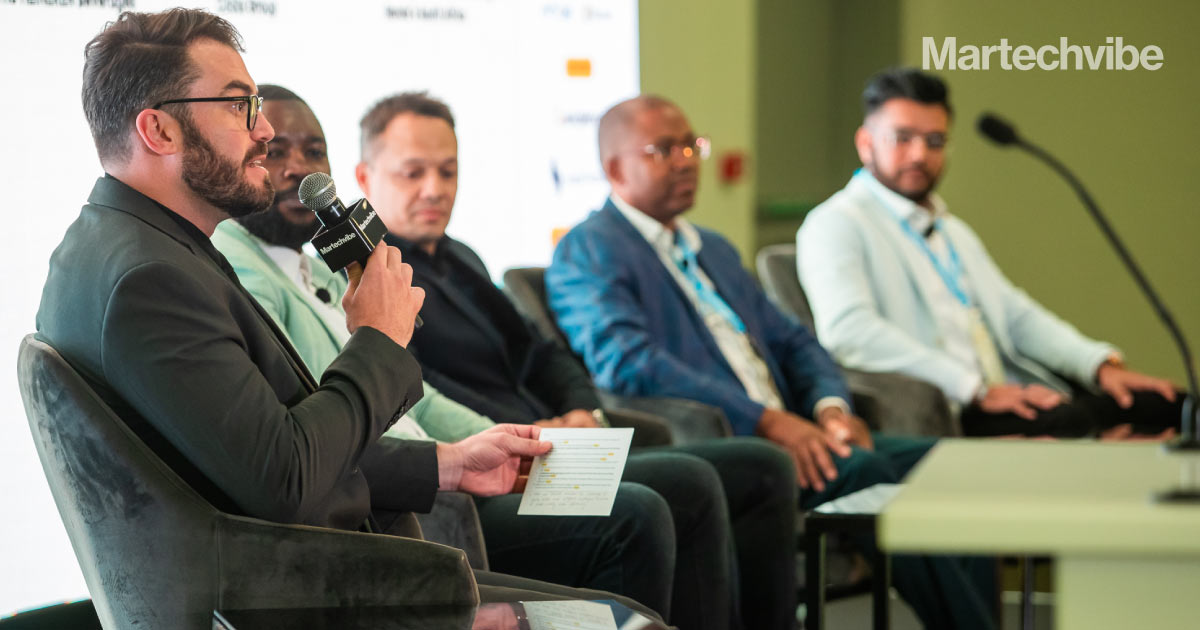Personalisation Starts with Finding the Right Insights from Customer Data
How are marketers in South Africa balancing personalisation in a privacy age? Martechvibe spoke to experts in the region to understand how they are putting data-first strategies into action.
Topics
What to Read Next
- TripleLift Announces Partnership with Attain to Unify Context and Commerce
- Seedtag Partners with IRIS.TV to Expand Contextual Signals for CTV Targeting
- Magnite, Cognitiv Announce Deep Learning Integration for Real-Time Curation
- Dscout Announces Integration with HeyMarvin
- Comscore Launches Program-Level Capabilities within CCM

























































































































